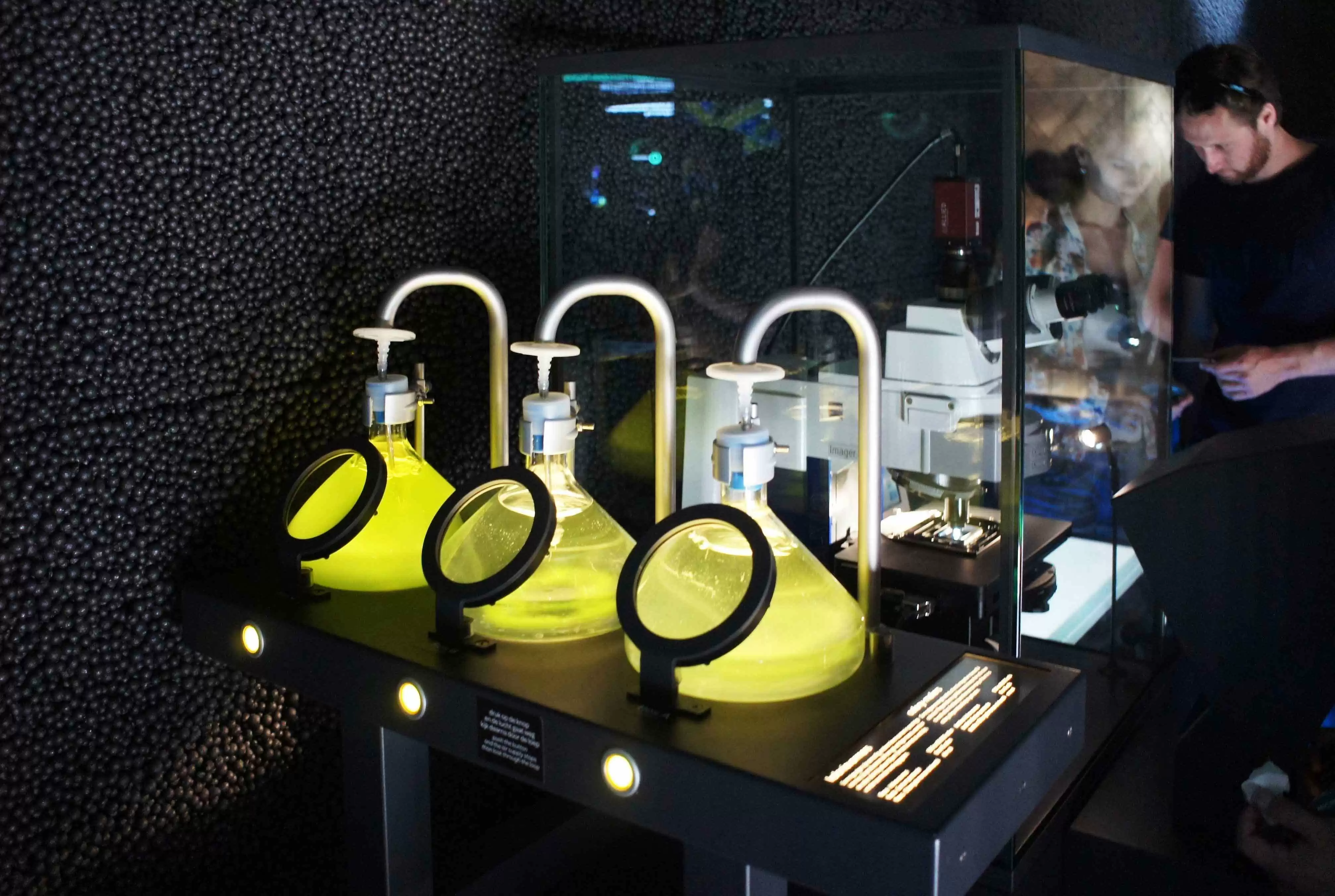
Celiac.com 07/12/2021 - When doctors test symptomatic children for celiac disease, they currently order biopsy confirmation only for children whose anti-transglutaminase IgA (TGA-IgA) titers exceed the upper limit of normal (ULN), and below 10 times the upper limit of normal. Any results below the ULN do not normally get referred for a biopsy.
Now, this works pretty well in the sense that a high percentage of biopsies for such patients come up positive. However, the management of children with lower TGA-IgA values presents a clinical challenge. What about children who test just under the ULN cut off? Especially those with symptoms, however mild.
Celiac.com Sponsor (A12):
Do persistently low positive TGA-IgA titers have any diagnostic value for predicting celiac disease in children? A team of researchers recently looked into this question.
The research team included Chiara Marja Trovato; Monica Montuori; Annalisa Morelli; Danilo Alunni Fegatelli; Annarita Vestri; Carla Giordano; Salvatore Cucchiara; Giocomo Caio; and Salvatore Oliva. They are variously affiliated with the Pediatric Gastroenterology and Liver Unit, Maternal and Child Health Department; the Department of Statistical Science; and the Department of Radiological, Oncological and Pathological Sciences at Sapienza University of Rome; along with the Department of Medical Sciences at the University of Ferrara in Ferrara, Italy.
The team retrospectively analyzed children with symptoms or signs of celiac disease, not eligible for a no-biopsy approach.
Their study included children with at least two TGA-IgA measurements, endomysial antibody (EMA) assessment and esophagogastroduodenoscopy with biopsies. TGA-IgA values were provided as multiples of ULN. The team grouped patients according to median TGA-IgA values: Group A included TGA-IgA>1 ≤ 5 × ULN; defined as “low-positive”, Group B (TGA-IgA > 5 < 10 × ULN; “moderate-positive”), and Group C, the controls).
They were able to analyze the data of 281 children. Of 162 children in group A, they diagnosed celiac disease in 142 (nearly 90%), whereas they found normal duodenal mucosa in 20 group A children.
The team diagnosed all 62 children (100%) in group B with celiac disease. Group C included 57 control subjects. EMA were undetectable in 31 (15%) of mucosal atrophy cases.
On the receiver-operating characteristic curve, with the area under the curve equal to 0.910, a mean value of 1.7 ULN predicted mucosal damage with nearly 82% sensitivity and specificity.
Based on their data, the team concludes that repeated low or moderate TGA-IgA values, under 5 ULN or 10 ULN, are good predictors of a celiac disease diagnosis. The team advises doctors treating symptomatic children with persistently low positive TGA-IgA titers to conduct an esophagogastroduodenoscopy, regardless of the patient's EMA status.
Read more in the Journal of Pediatric Gastroenterology and Nutrition










Recommended Comments
Create an account or sign in to comment
You need to be a member in order to leave a comment
Create an account
Sign up for a new account in our community. It's easy!
Register a new accountSign in
Already have an account? Sign in here.
Sign In Now